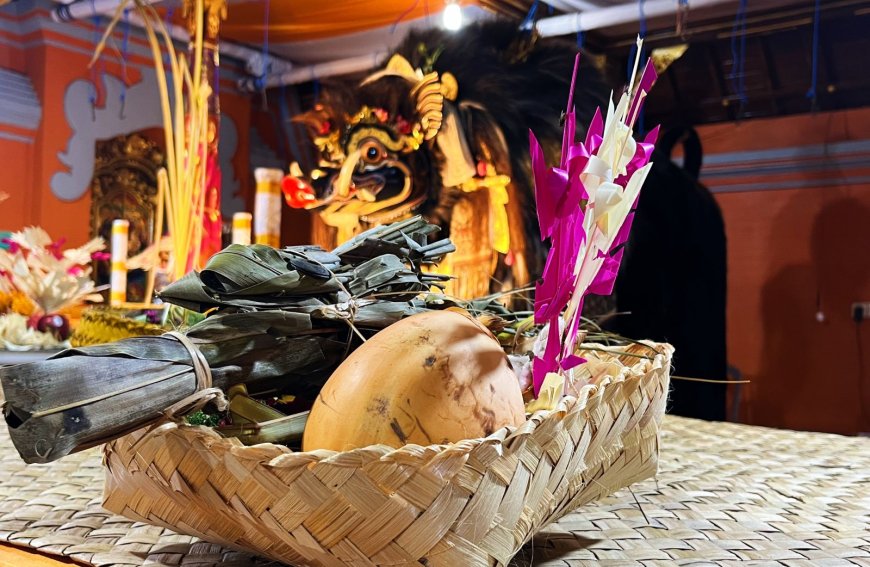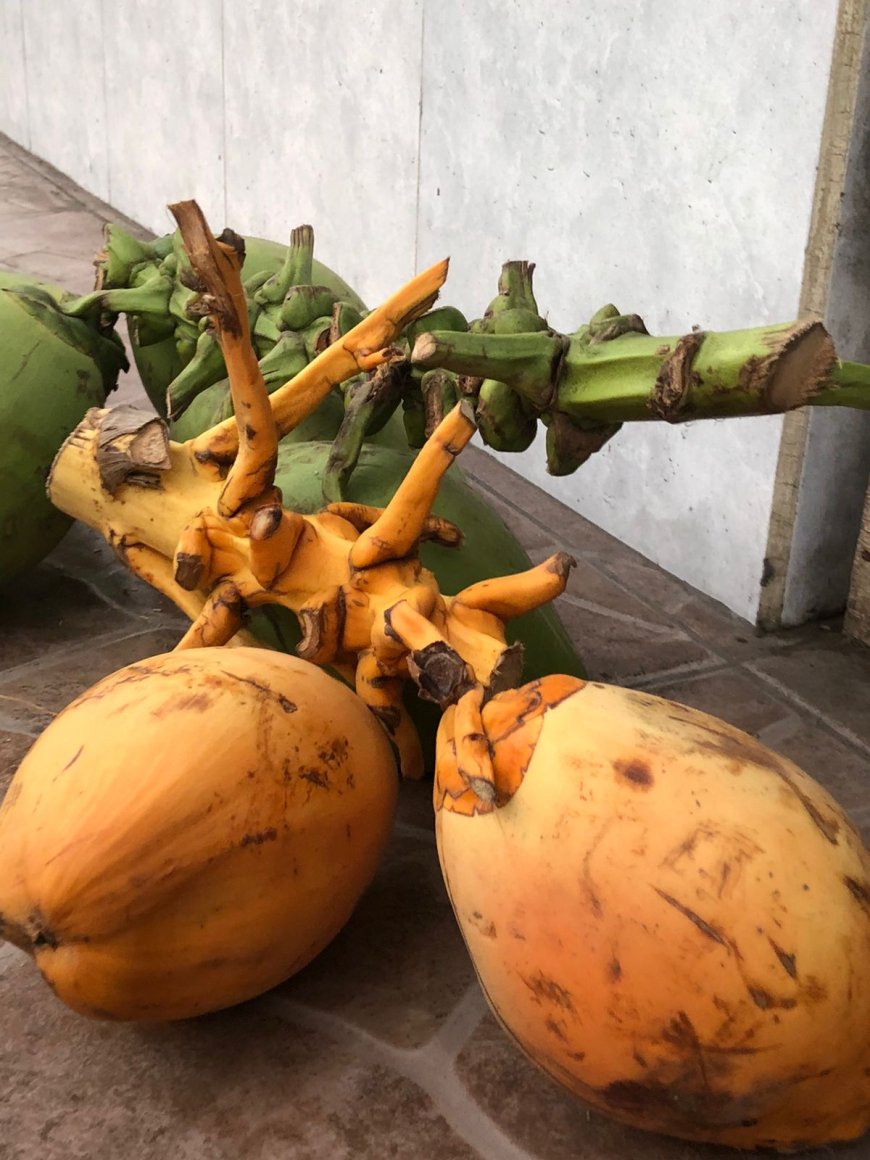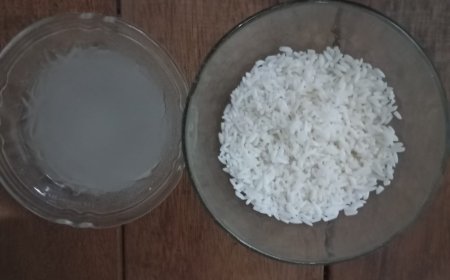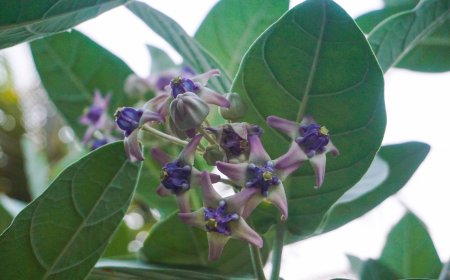Bungkak Nyuh Gading, Balinese People's Beliefs About Its Benefits
The Hindu community in Bali is very familiar with the presence of coconuts, especially in sacred ceremonies. This fruit is believed by Balinese Hindus to symbolize purification and cleansing. The fruit, which contains clean water, is regarded as holy water that can cleanse negative aspects of life. Its benefits in various aspects of life make it a necessity in ceremonies, helping to purify both humans and the surrounding environment.

"Bungkak nyuh gading" is a term used to refer to young coconuts with a yellow-orange color. This name is derived from the Balinese language, with "bungkak" meaning young coconut and "gading" referring to the color yellow-orange. These coconuts are commonly found in offerings and ceremonial setups in Bali. More specifically, the Hindu community utilizes "bungkak nyuh gading" as daksina (offering), an object of worship, a means of purification, symbols (nyasa), and praline. Typically, "bungkak nyuh gading" is used both as an offering and as a purifying agent in yadnya ceremonies. Interestingly, it can also be used as "usadha" or a healing remedy. Here is a more detailed explanation of the role of "bungkak nyuh gading" for the Hindu community in Bali.
The role of "bungkak nyuh" in the first stage of the "yadnya" ceremony is as "praline." The term "praline" originates from Sanskrit and signifies the cessation or demise. Therefore, "praline" represents the belief of the Hindu community in the separation of the soul (atman) from the physical body. "Bungkak nyuh gading" serves as a connection between the source and the elements that have been placed within that source. In the role of "praline," "bungkak nyuh gading" is involved in ceremonies such as "mepandes" or tooth-cutting ceremonies. Its role in this ceremony is to contain the remnants of saliva and tooth dust. This is done with the intention of enabling the Hindu practitioners of the tooth-cutting ceremony to easily connect with the location where the "bungkak nyuh gading" is planted.
In addition to the "mepandes" ceremony, there is another ceremony that regards "bungkak nyuh gading" as a purifier, known as "Ngaben" or the Hindu community's ritual before merging with God (Moksatham Atmanam). "Bungkak nyuh gading" is used in the "Ngaben" ceremony as a means to purify individuals of negative elements before their remains are cremated and their ashes are immersed in the sea or river. After the cremation, the ashes are finely ground, and then they are placed into "bungkak nyuh gading," which still contains coconut water. As mentioned earlier, the purpose of placing the cremated remains into "bungkak nyuh" is to cleanse any remaining negative elements with the coconut water. After the purification process, the ashes are then floated away in the sea or river. This act symbolizes the restoration of the element of water and the reunion of the soul with God.

Bungkak Nyuh Gading (Photo Source: Editorial Collection)
"Bungkak nyuh gading" not only plays a significant role in the "yadnya" ceremonies but also possesses numerous therapeutic properties, making it function as "usadha." The term "usadha" refers to the traditional Balinese knowledge of healing that has been passed down through generations and has become a local wisdom. "Bungkak nyuh gading" is recognized as one of the alternative forms of medicine, both in the physical (observable) and metaphysical (unobservable) realms.
In the observable realm, "bungkak nyuh gading" is believed to offer various health benefits, including being rich in vitamin C, which can help boost immunity against infectious diseases, prevent bone loss, improve digestive health, support heart and kidney health, and strengthen teeth. Besides aiding in the prevention and treatment of bodily ailments, "bungkak nyuh gading" is also said to contribute to maintaining healthy and radiant skin as well as promoting hair health. In the metaphysical realm, its role is somewhat similar to its function as a purifier, as it is believed to have a cleansing effect on negative energies or influences, contributing to overall well-being.
When considering the use of "bungkak nyuh gading" in yadnya ceremonies and as "usadha," we can draw a broad outline of the significance of this coconut in the lives of the Hindu community in Bali. "Bungkak nyuh gading" serves a multifaceted role for them. It can symbolize religious purity, but it also has practical applications as traditional medicine within the Hindu community in Bali. Indirectly, the role of "bungkak nyuh gading" in yadnya ceremonies is interconnected with its role as a medicinal remedy. In essence, the purpose of "bungkak nyuh gading" is both symbolic and practical, serving as a means of purification and restoration. Understanding the various benefits of "bungkak nyuh gading," it's no wonder that the Hindu community highly values and utilizes this yellow-orange young coconut in their rituals and daily life.






























































